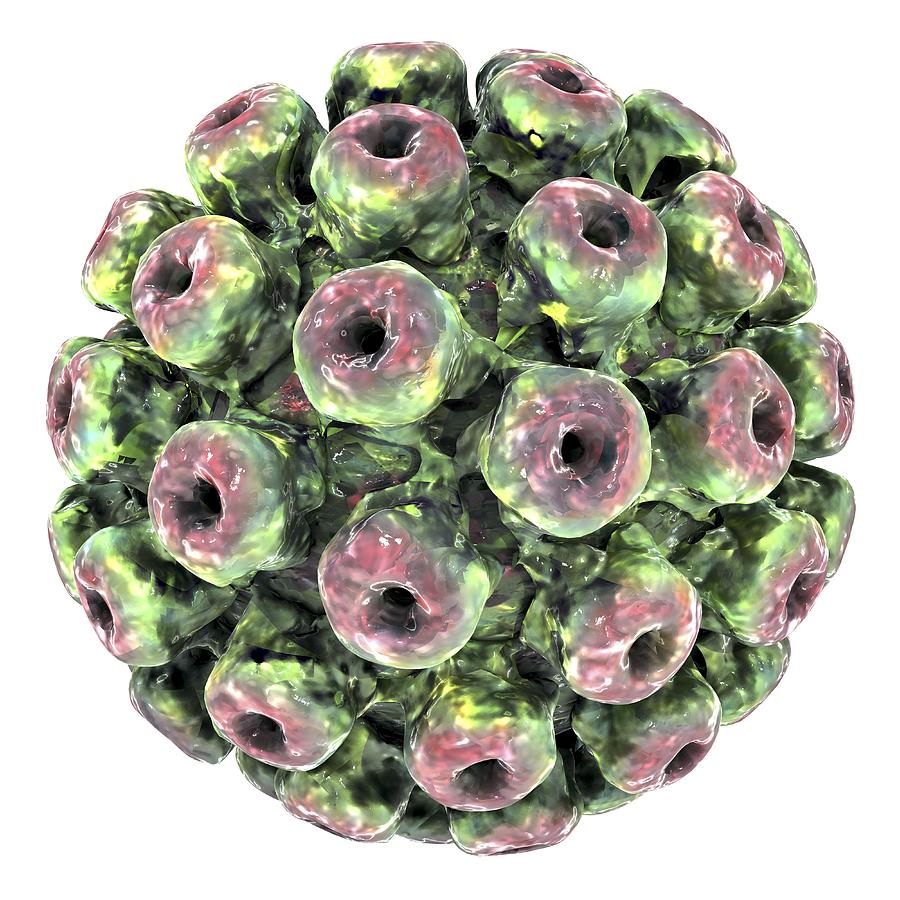
Are things getting worse or are we just now discovering how bad they were? One of the most difficult parts of analyzing apparent trends in the incidence of BK viremia is attributing it to the proper source. I in particular am now looking at the specific times after which new immunosuppressive agents began to be used more regularly and seeing if the graphed incidence rates I have compiled thus far show any significant changes at or around those times. One thing that may, however, be a confounding variable for the overall trend is the many advances we have made in virus detection over the past three decades. This could potentially mean that many graft losses in the past may have misattributed to causes other than BK viremia simply due to the uncertainty then found in detection techniques. The main way to detect polyomaviruses in general is the Urinary EM, to check for the BK virus specifically, however, Polymerase Chain Reactions are used. This is a not a new process (being first done successfully in 1983), but like with most things we’ve polished and and refined it, slowly eliminating as much room for error as possible. Due to the time it took to figure out the optimal incubator times, temperatures and which ions disrupt the process (Mn2+) initial results had a greater risk for error than those we get now. As a result, I have one more thing to account for when to research this week in order to ensure that my data is meaningful. (Image is of 1 BK Virus)
Alex, I apologize if this is a silly question, but are all patients receiving kidney transplants screened for the virus? Also, will there be any way for you to analyze past data and asses if a patient may have presented with the virus although it went undetected due to less refined testing? Would spending the time to do this be valuable to answering your central question? I like your visual!
ReplyDeleteAll people going in for a transplant are screened and usually even if a person is lucky enough to be BK free, the chances are their donor is not.
DeleteUnfortunately there is no way to know if the failure of a graft was caused by the virus or not before we perfected our methods of virus detection. It's for this reason that I have narrowed down the years of the studies I am focusing on.